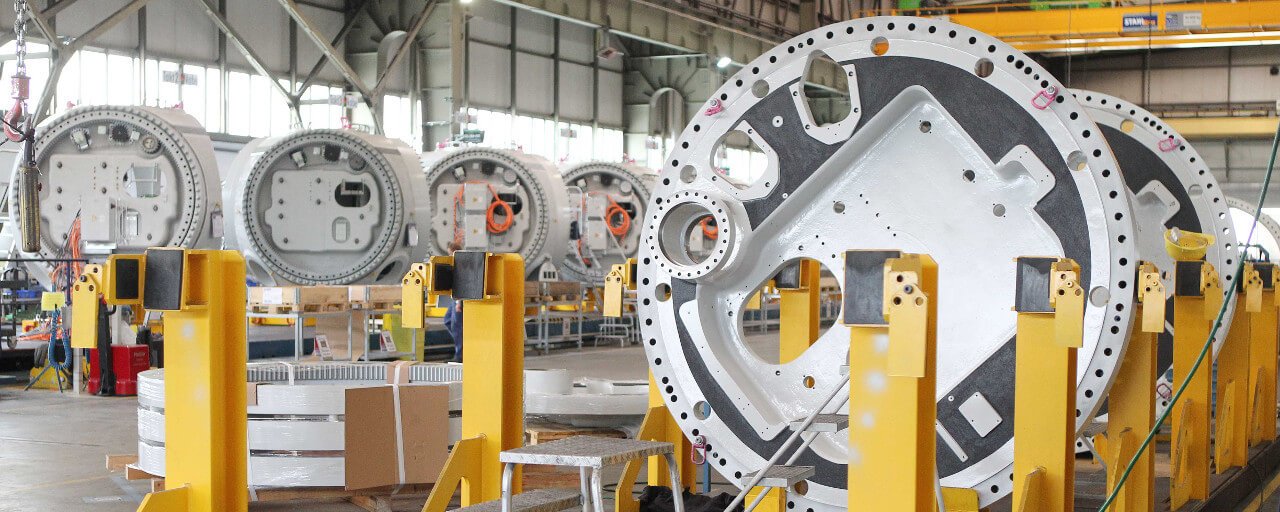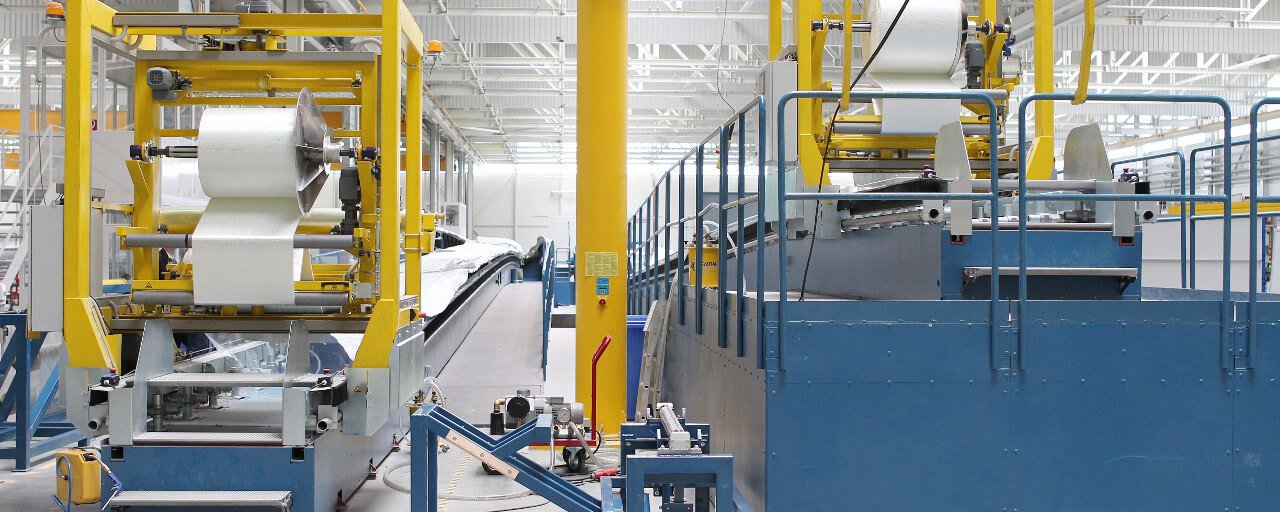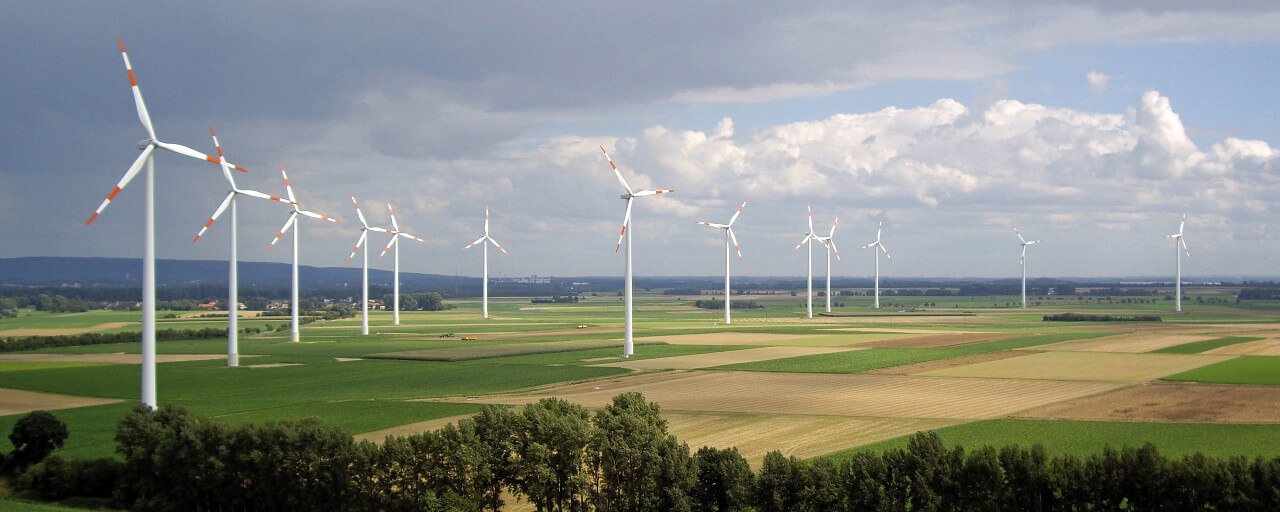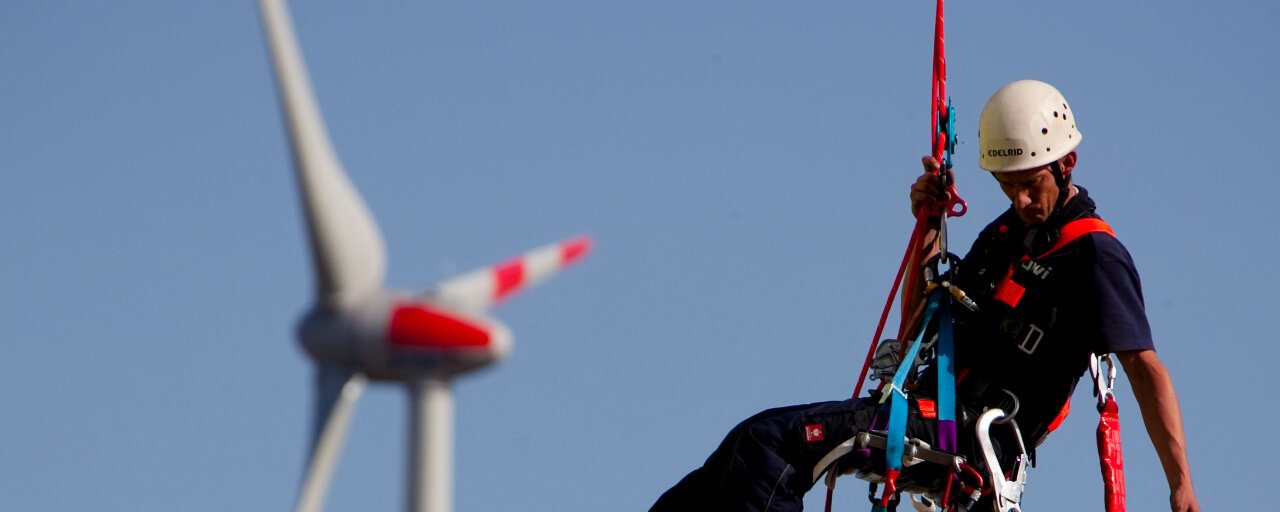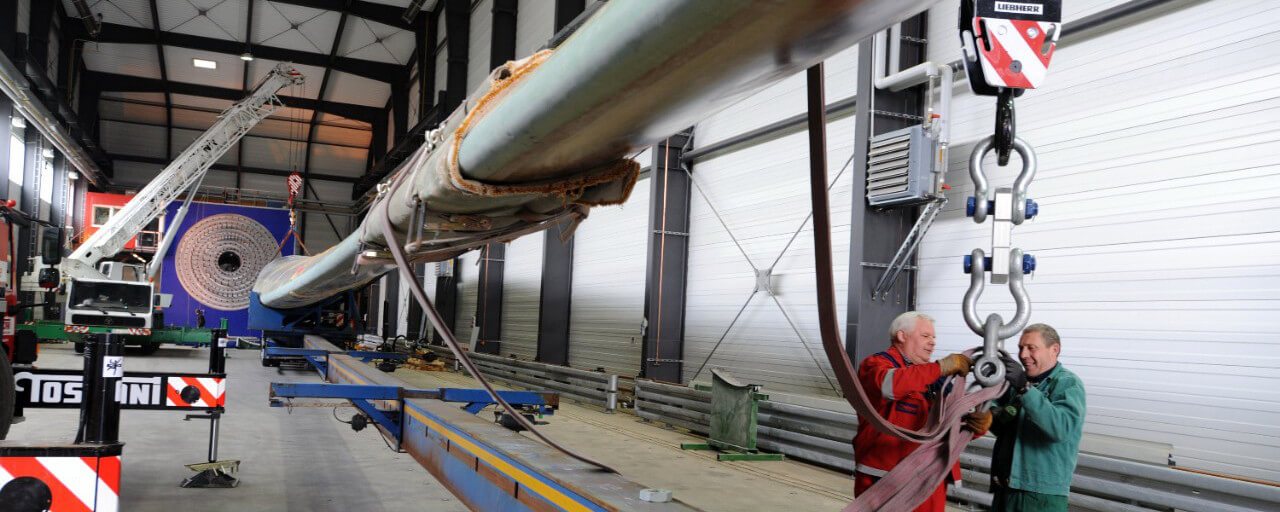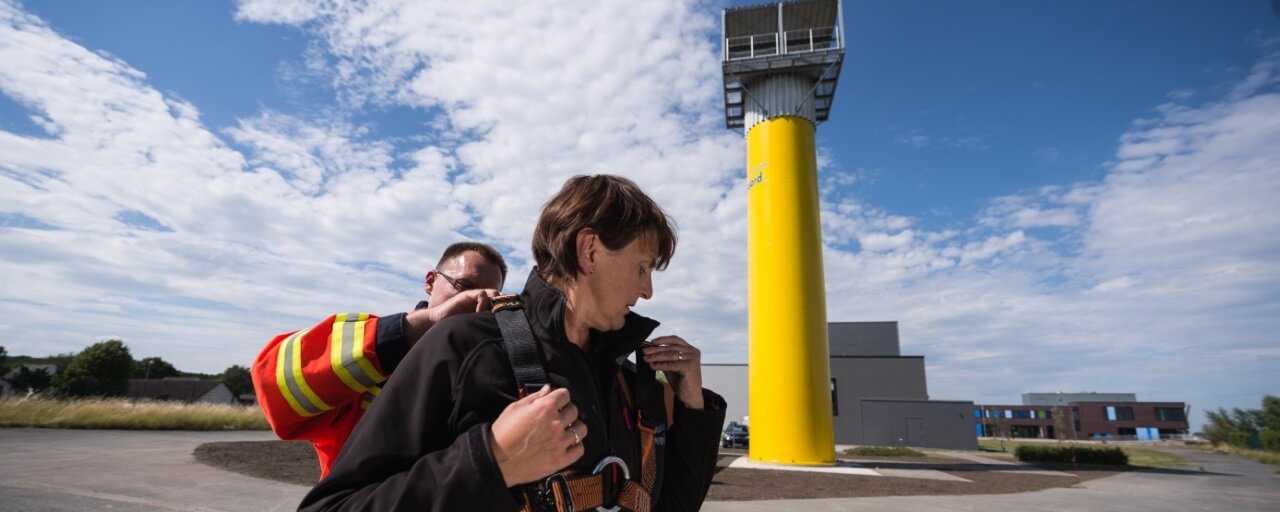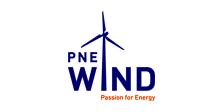Economy
In the aftermath of the GROWIAN episode and simultaneously falling oil prices, wind energy exploitation in Germany had in fact already ceased when the Chernobyl nuclear reactor accident in 1986 once again prompted a move towards energy transition. The foundations for a prospering wind energy sector were laid by the 100 MW – later to be increased to 250 MW - support programme set in motion by the then Federal Ministry for Research, as well as the introduction of the German Electricity Feed Act of 1991.
Germany wind energy industry due to early market entry
Germany’s current status as an international leader in the wind energy industry is due to its early entry into wind energy development. Many countries around the world are increasingly converting to renewable energy-based energy systems, resulting in new areas of economic activity as well as opportunities for exports, value creation and employment.
Wind turbine operation (onshore or offshore) and service offer opportunities for value creation and employment on a regional level in particular. Industrial value creation, i.e. manufacturing of wind turbines and large components and design and development of network infrastructure is spread across many regions in Germany and in other countries. In the offshore sector, the companies and bodies within the maritime industry (ports) who make the infrastructure available also reap the benefits.
Regional economies – adding value
Greater use of wind energy and increased electricity production strengthen regional economies and secure local employment. Numerous studies prove the high amount of adding value by operating wind energy turbines.
Industry and Services
The wind industry, i.e. the industrial economy, is spread across all of Germany. Along with manufacturers of wind turbines, supplier industries also enjoy the benefits. Industrial wind energy research and the services sector also have an impact on all areas of Germany.
Offshore Wind Energy - Maritime Economy
As well as businesses that are already established within the wind energy sector, businesses in the maritime economy, in particular, also benefit from the expansion of the offshore wind energy industry. As they take on the diverse range of functions associated with the expansion of wind energy at sea, new business areas and sources of revenue develop for ports, which in turn is associated with additional employment benefits.
